My understanding of variables declared in custom component was unclear, so here is a memo of the results of my various experiments.
- Custom component and variables/collections
- Preparation
- Use Set function with access app scope turned off
- Use Set function with access app scope turned on
- Also check variables declared in collections
- Conclusion.
- Extra: If you want to refer to a variable from an app with access app scope “off”.
- Related Articles
Custom component and variables/collections
Variables and collections can be declared in custom components using the Set and Collect functions.
My understanding of variables declared within this custom component was unclear, so I experimented with a number of things.
*UpdateContext function cannot be used in custom components.
Preparation
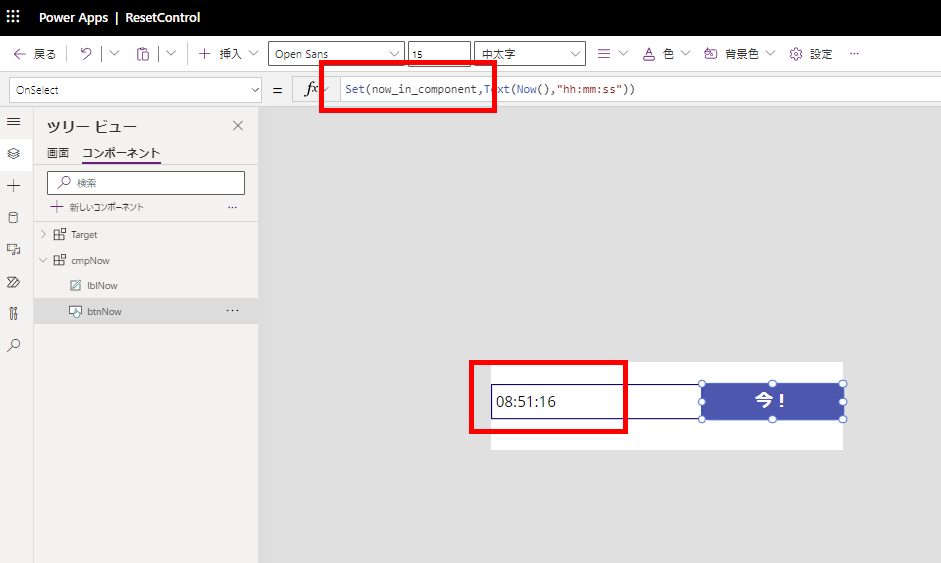
I tried various settings of the access app scope to see what the scope of the variables declared within this component is.

Use Set function with access app scope turned off
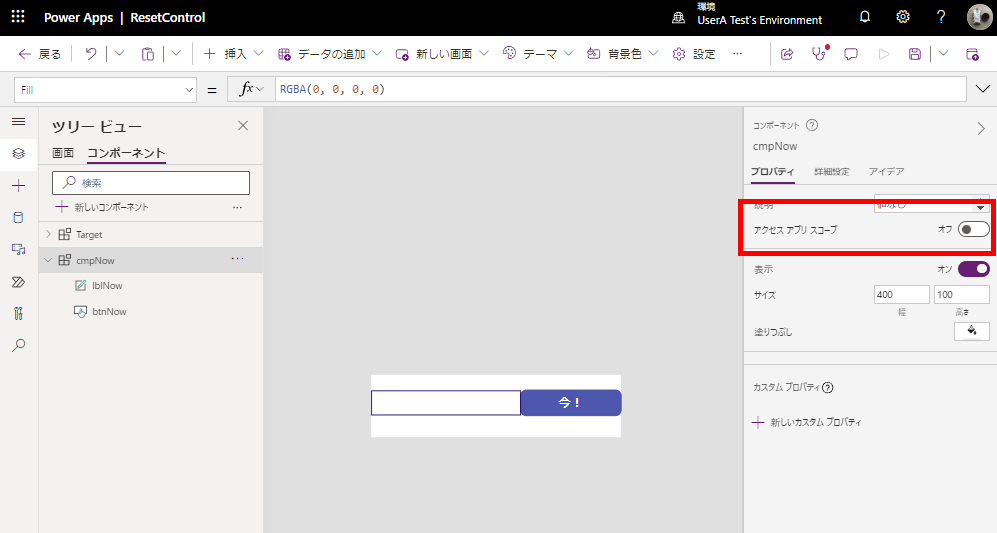
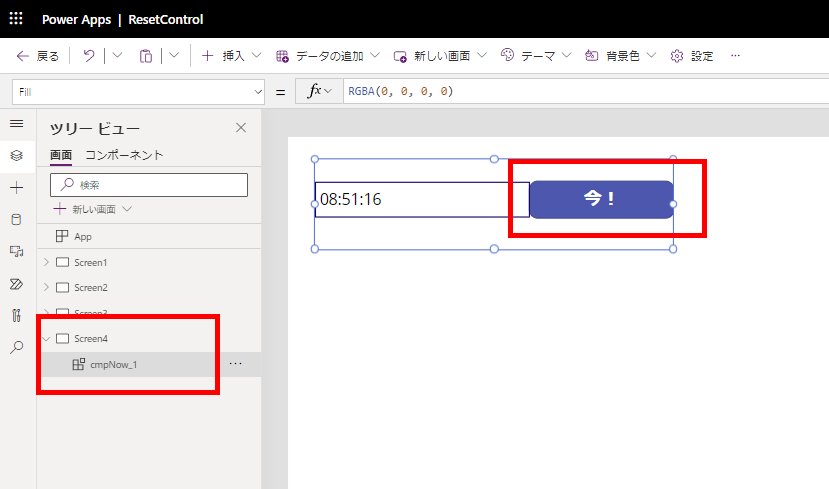
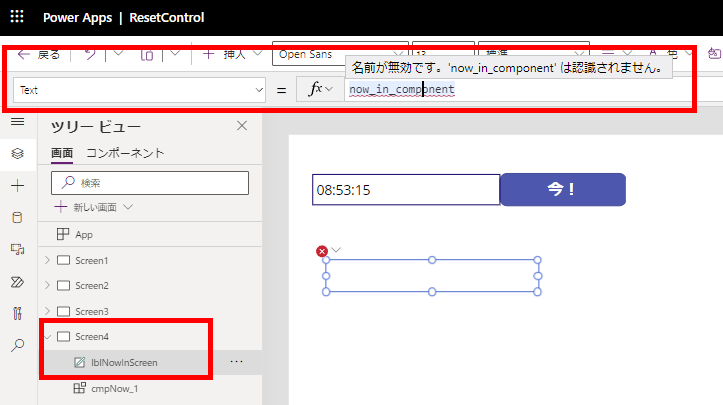
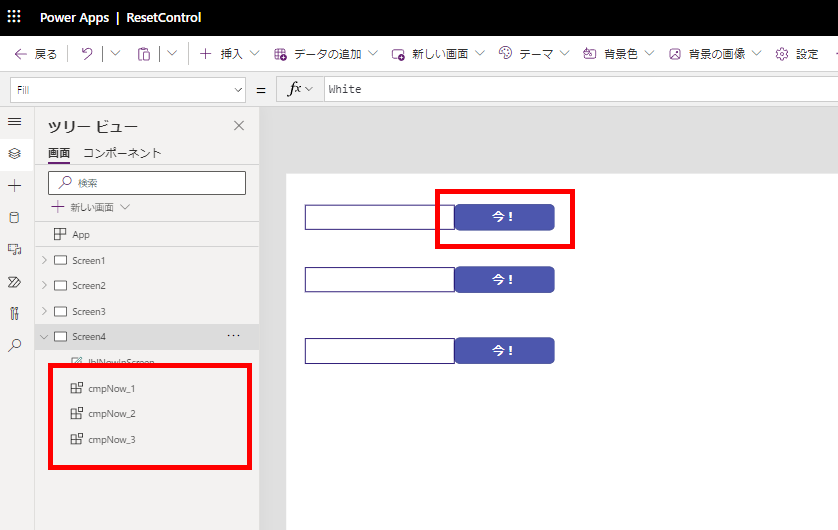
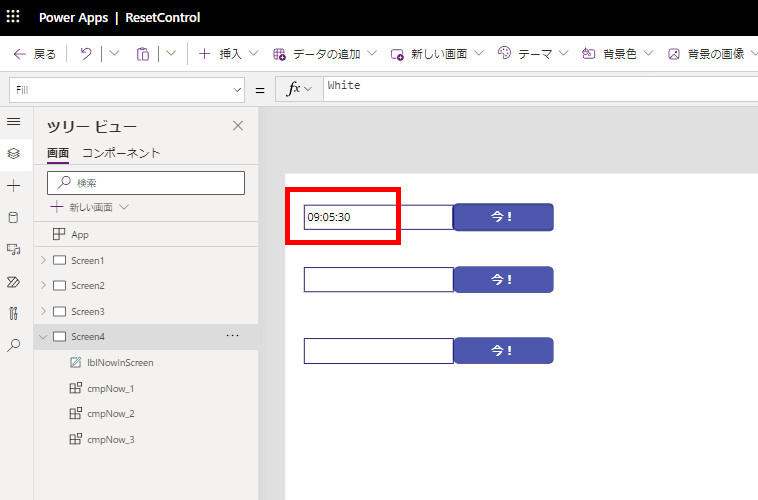
The results show that variables declared in components with access app scope “off” are only held within the component in which they are placed and cannot be referenced by other components or apps.
*Not shared with the app and furthermore not shared with other custom components.
Use Set function with access app scope turned on
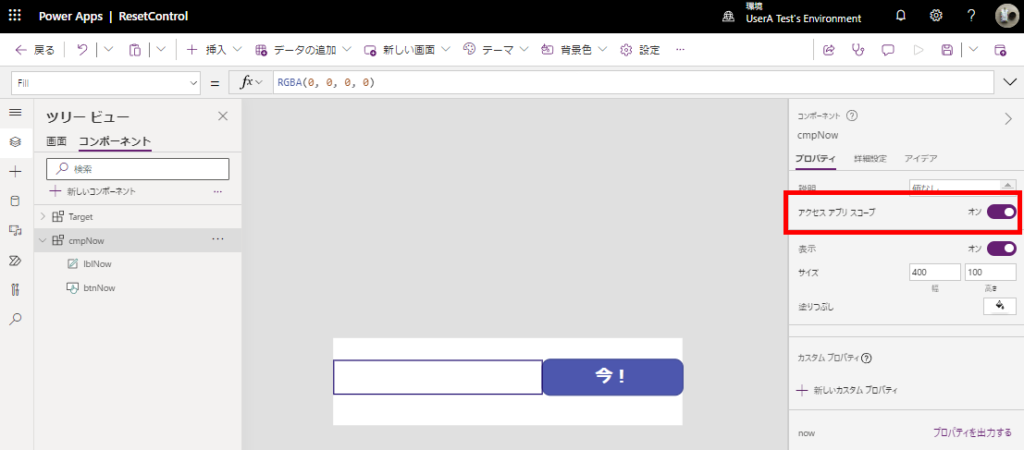
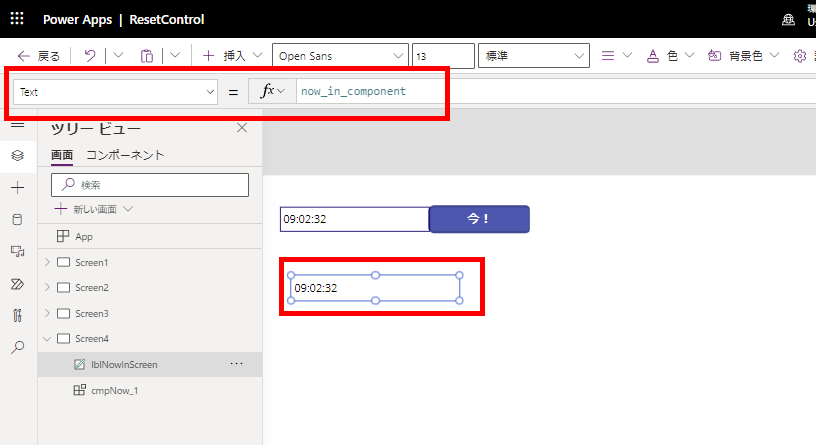
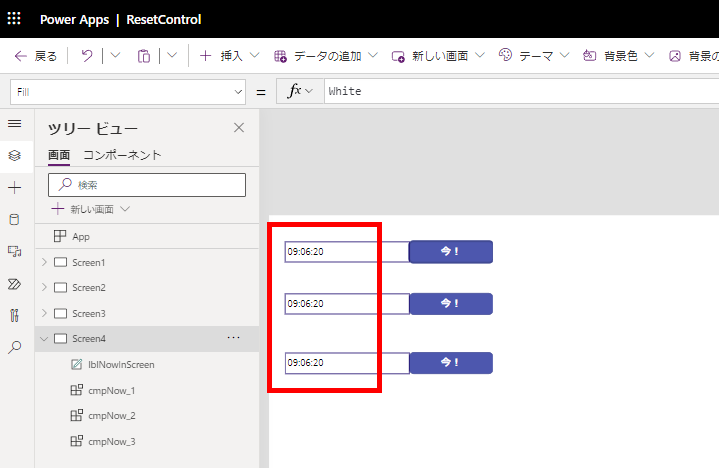
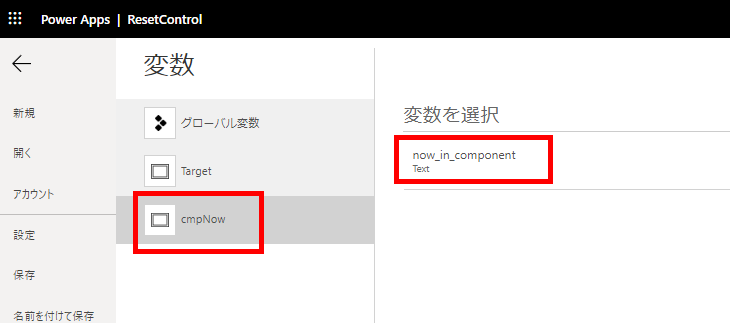

The results show that variables declared in components with access app scope “turned on” are treated as global variables of the app.
*Of course, if the same component is deployed more than once, other components will be affected.
Also check variables declared in collections
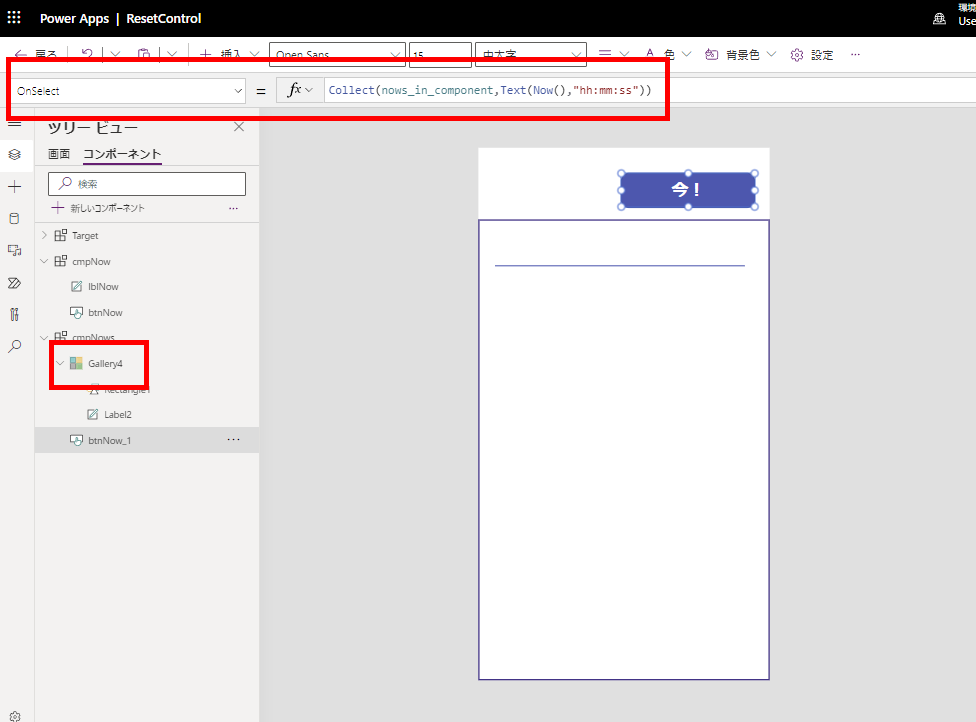
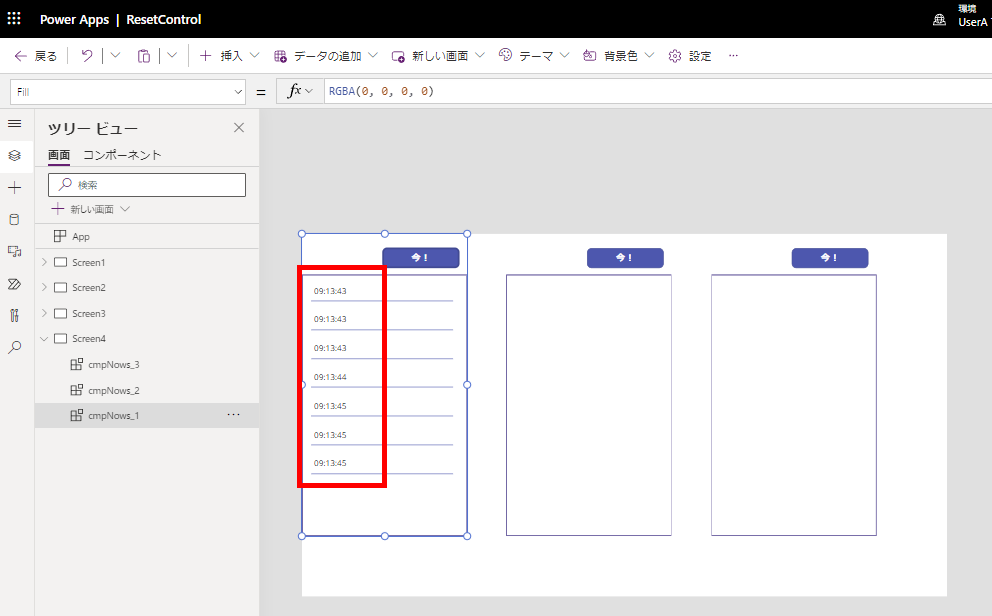
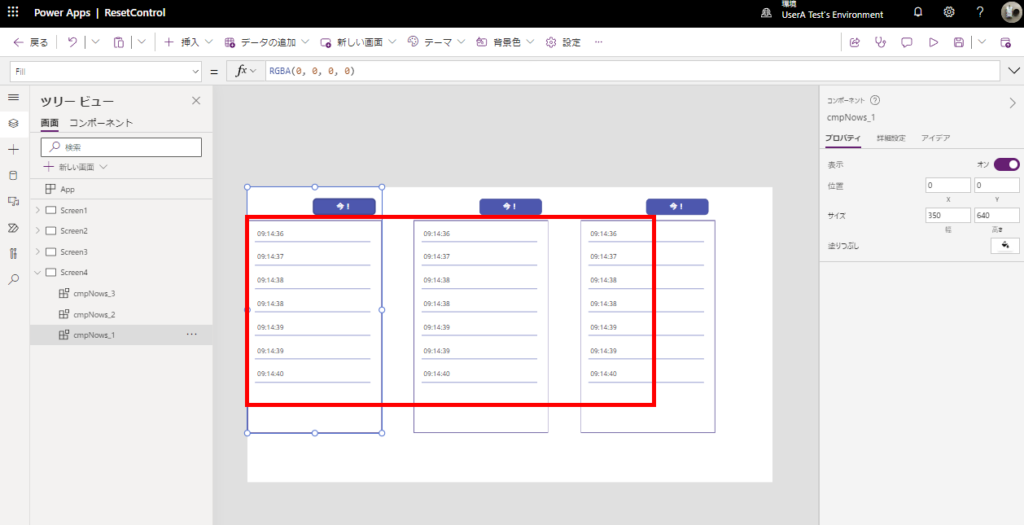
Conclusion.
In conclusion, variables declared within a component behave as follows
- Access aprescope “off”: Keep a value for each placed component
- Access app scope “on”: Keep the value as a global variable of the app
The revelation that it holds a value for each component that is placed is the takeaway of this project.
This use of variables within components is expected to expand the range of functions that can be realized using components.
Extra: If you want to refer to a variable from an app with access app scope “off”.
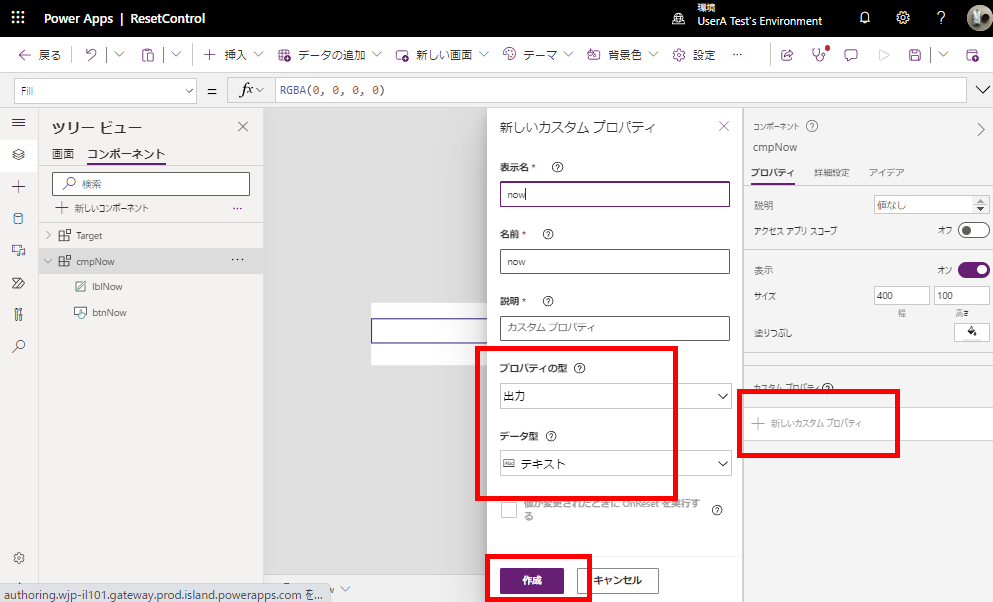
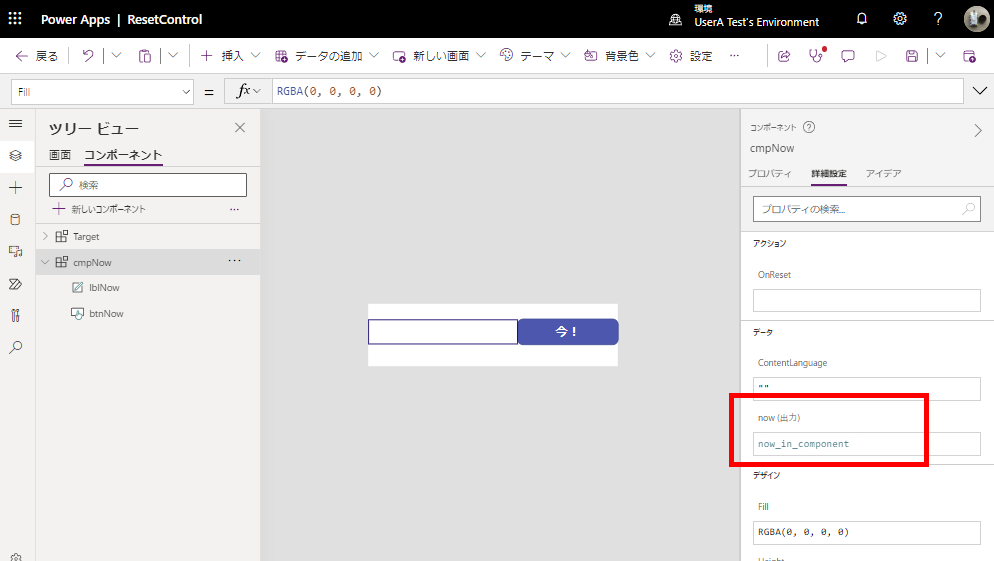
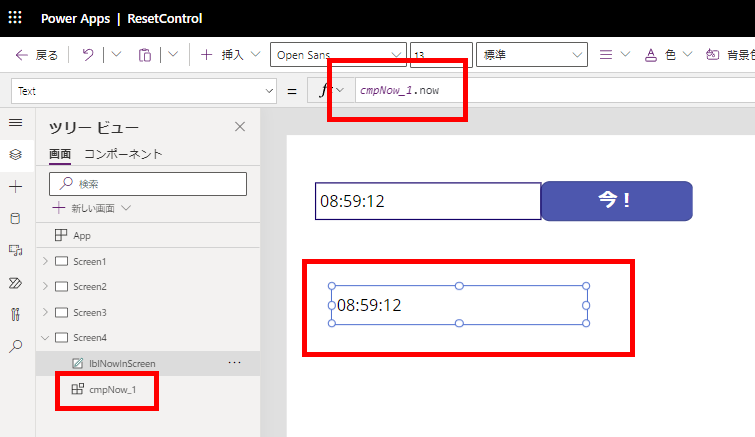

コメント